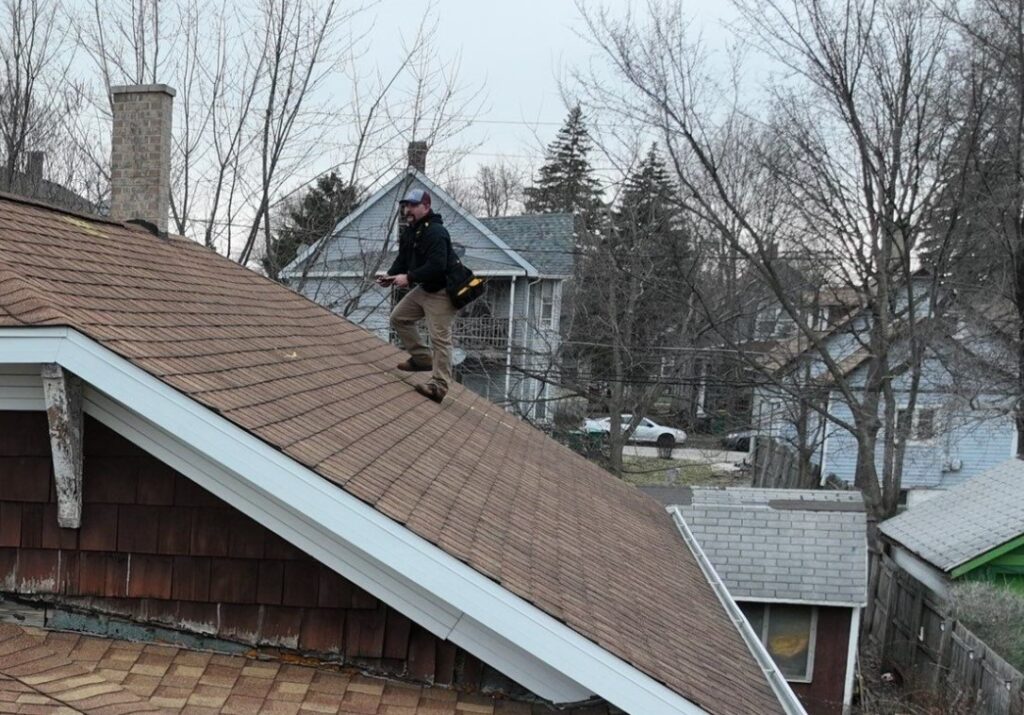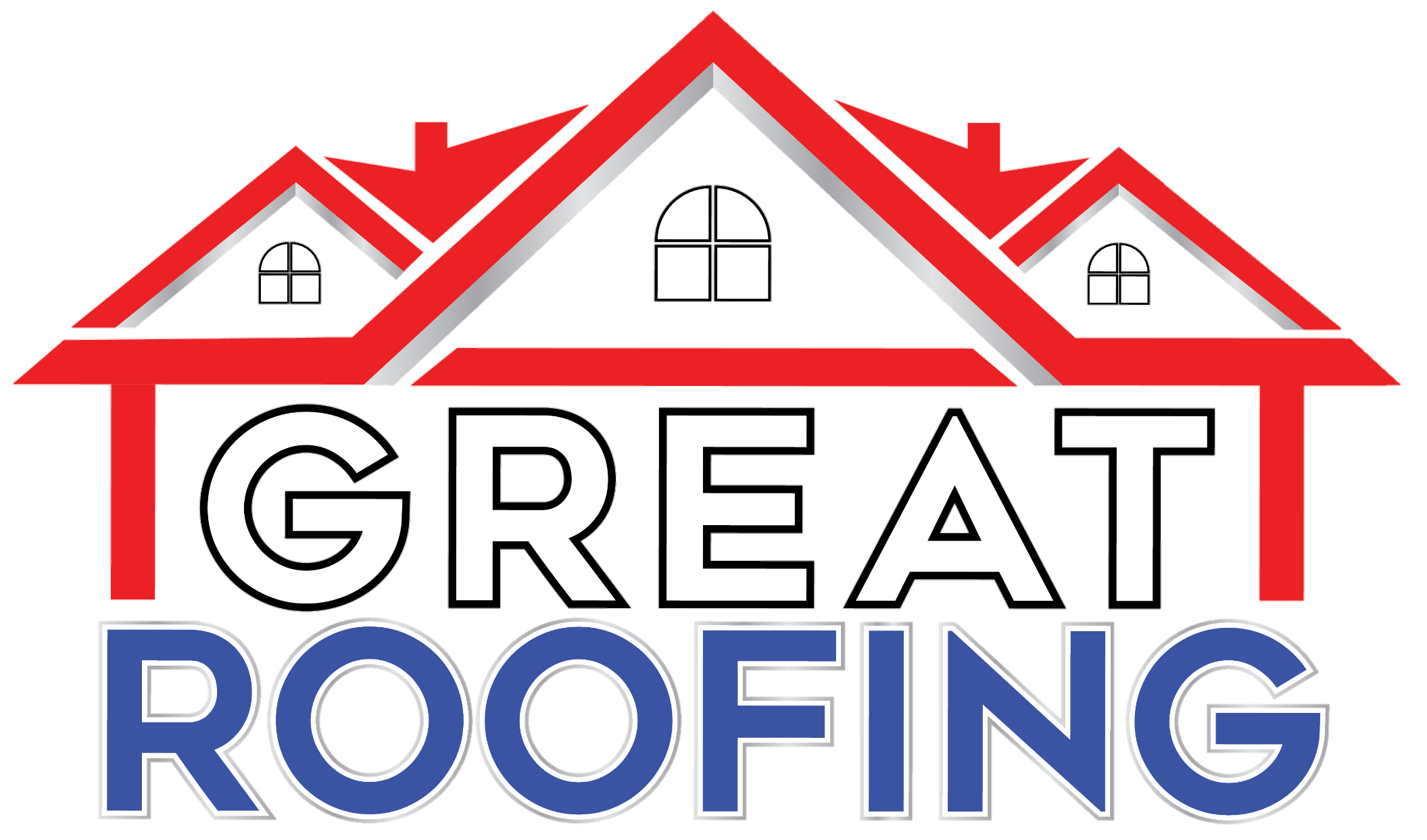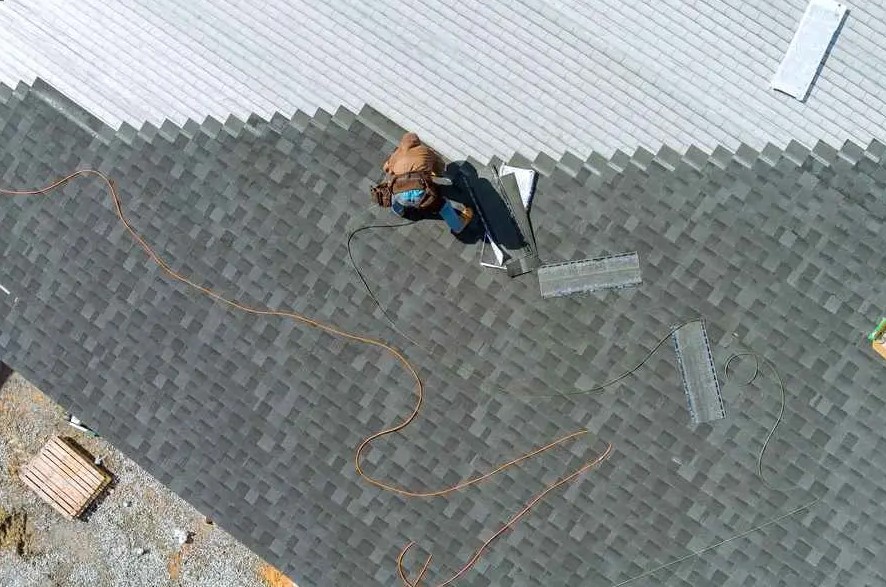Your roof is your home’s first line of defense against wind, rain, sun, snow, and hail. It protects your structure, your belongings, and your comfort. Still, many homeowners overlook routine inspections until a visible issue—like a leak or missing shingles—forces them to act. Knowing how often you should have your roof inspected is key to avoiding expensive repairs and prolonging the lifespan of your roofing system.
This guide covers everything you need to know about roof inspection frequency, the benefits of routine assessments, and how factors like age, climate, and storm activity affect your inspection schedule. Whether your roof is brand new or decades old, this advice can help you stay ahead of damage before it spreads.
Why Roof Inspections Matter
Professional roof inspections are a proactive form of maintenance. They help detect minor issues early and identify potential weaknesses before they escalate into costly repairs. According to the National Roofing Contractors Association (NRCA), routine inspections are recommended at least twice per year—in the spring and fall—as well as after severe weather events.
The purpose of these inspections is to:
- Identify wear and tear before leaks develop
- Detect flashing issues around chimneys, skylights, or vents
- Check for loose, curling, or missing shingles
- Evaluate attic ventilation and insulation
- Assess signs of mold, rot, or animal intrusion
- Document storm or wind damage for insurance claims
How Often Should You Have Your Roof Inspected? Key Recommendations
The frequency of roof inspections depends on a range of factors—most notably your roof’s age, materials, local weather, and recent events like hailstorms or heavy snowfall.
1. Twice a Year for Routine Maintenance
Most roofing professionals, including Great Roofing, recommend having your roof inspected twice annually:
- Spring Inspection: Checks for winter damage, ice dams, and hidden leaks
- Fall Inspection: Prepares your roof for snow, rain, and high winds
Biannual inspections keep your roof in peak condition and allow time to complete minor repairs before the next season’s challenges arrive.
2. After Severe Weather
Any time your area experiences extreme weather—such as hail, strong winds, heavy rain, or snow—you should schedule a roof inspection, even if you don’t see obvious damage. Storm damage isn’t always visible from the ground and may only become apparent months later when water intrusion occurs.
Post-storm inspections can:
- Help file accurate insurance claims
- Prevent moisture-related issues like rot and mold
- Catch displaced shingles or torn flashing before leaks develop
The Federal Emergency Management Agency (FEMA) offers a helpful inspection checklist for post-storm roof assessments.
3. Every 1–2 Years for Newer Roofs
If your roof is newer (under 10 years old), an inspection every one to two years may suffice, provided there have been no recent weather-related concerns or signs of damage.
Even with warranties in place, regular inspections:
- Help you maintain warranty compliance
- Allow contractors to catch installation issues early
- Establish a performance baseline to monitor aging over time
4. Annually for Older Roofs
Roofs that are more than 10–15 years old require more frequent monitoring. Aging materials are more prone to degradation, cracking, and water infiltration.
Schedule yearly inspections to:
- Track the condition of shingles or membrane materials
- Identify structural sagging or weakening
- Extend the life of your roofing system through maintenance
5. Before and After Property Transactions
If you’re buying or selling a home, a professional roof inspection is essential. Buyers want to know the condition and expected lifespan of the roof, while sellers benefit from addressing any issues upfront.
A pre-listing inspection can:
- Improve your negotiating power
- Provide documentation to support your asking price
- Reduce closing delays
Signs You May Need an Immediate Roof Inspection
Regardless of the time since your last inspection, these warning signs signal that your roof needs a professional evaluation right away:
- Water stains on ceilings or walls
- Sagging or warped roof lines
- Moss, algae, or mold on shingles
- Peeling paint near roofline or eaves
- Debris in gutters (shingle granules or rust particles)
- Increased energy bills, which could indicate insulation or ventilation issues
- Missing, cracked, or curled shingles
Early detection of these symptoms through a professional inspection can save you thousands in structural repairs.

What Happens During a Roof Inspection
When you schedule a roof inspection with Great Roofing, our experts complete a comprehensive review of your roofing system—from the outside in.
Exterior Assessment Includes:
- Visual inspection of shingles, tiles, or panels
- Evaluation of flashing around chimneys, vents, and skylights
- Checking gutters and downspouts for clogging or misalignment
- Examining roof edges and eaves for water damage or rot
- Inspecting the roofline for sagging or settling
Interior Assessment Includes:
- Attic inspection for signs of leaks, daylight penetration, or mold
- Reviewing insulation and ventilation systems
- Identifying signs of moisture or poor airflow
Some roof inspections also include drone imagery or infrared thermography to detect hidden damage.
You’ll receive a detailed report with photographs, findings, and repair recommendations—along with a transparent quote if service is needed.
The Cost of Neglecting Roof Inspections
Skipping regular inspections might save you a few dollars today, but it can lead to thousands in damage down the line. A single undetected leak can:
- Soak insulation and reduce energy efficiency
- Lead to mold that spreads throughout your attic
- Damage ceiling drywall, flooring, and personal belongings
- Weaken your roof decking and compromise structural safety
Roof inspections are a low-cost investment in home protection, typically ranging from $150 to $300 depending on roof size and complexity. At Great Roofing, we offer complimentary estimates to help homeowners take the first step without any pressure or commitment.
How Climate and Roof Type Affect Inspection Frequency
Certain climates and roofing materials demand different inspection schedules. Consider these examples:
Regions with Heavy Rain or Snow:
- Inspect every 6 months due to increased leak risks and potential for ice dam formation
Areas with High Wind or Hail Activity:
- Schedule post-storm inspections and biannual checkups to prevent wind uplift and hail penetration
Flat Roofs and Low-Slope Systems:
- Require more frequent inspections due to drainage challenges and water pooling risks
Metal and Tile Roofs:
- May go longer between inspections due to their durability, but flashing and fasteners should still be checked annually
Maintaining Your Roof Between Inspections
In addition to scheduling regular inspections, homeowners can take simple steps to extend their roof’s life:
- Clean gutters at least twice per year to prevent overflow and rot
- Trim overhanging branches to reduce debris and limb damage
- Check attic insulation to support even roof temperatures and prevent ice dams
- Look for visible damage after storms or strong winds
- Keep an eye on energy bills, which may rise if your roof’s performance declines
Consistent upkeep keeps minor issues from becoming major—and lets your scheduled inspections focus on prevention, not disaster recovery.
Let Great Roofing Keep Your Roof in Top Shape
Knowing how often you should have your roof inspected is the foundation of smart homeownership. Roof damage doesn’t always start with a leak—it often begins with a small crack, displaced shingle, or faulty flashing that goes unnoticed until it’s too late.
At Great Roofing, we believe in preventative care and proactive service. Our detailed roof inspections catch problems early and help you protect your investment with honest, expert-driven recommendations.
Whether your roof is brand new, a few years old, or nearing the end of its life, we’re here to guide you with transparent assessments, industry-leading materials, and trusted workmanship.
Want peace of mind without pressure? Get a complimentary estimate now and let our professionals assess your roof’s condition, answer your questions, and help you plan your next steps.



